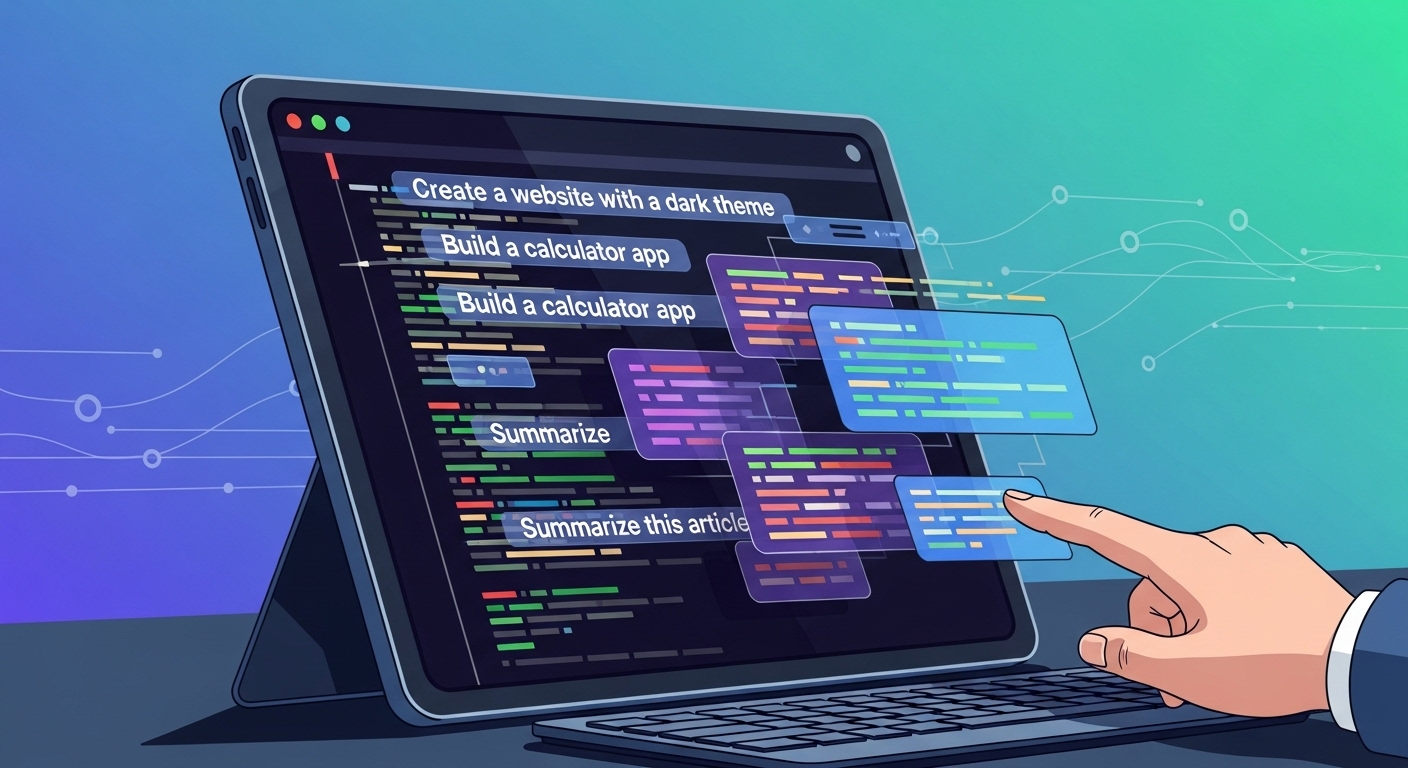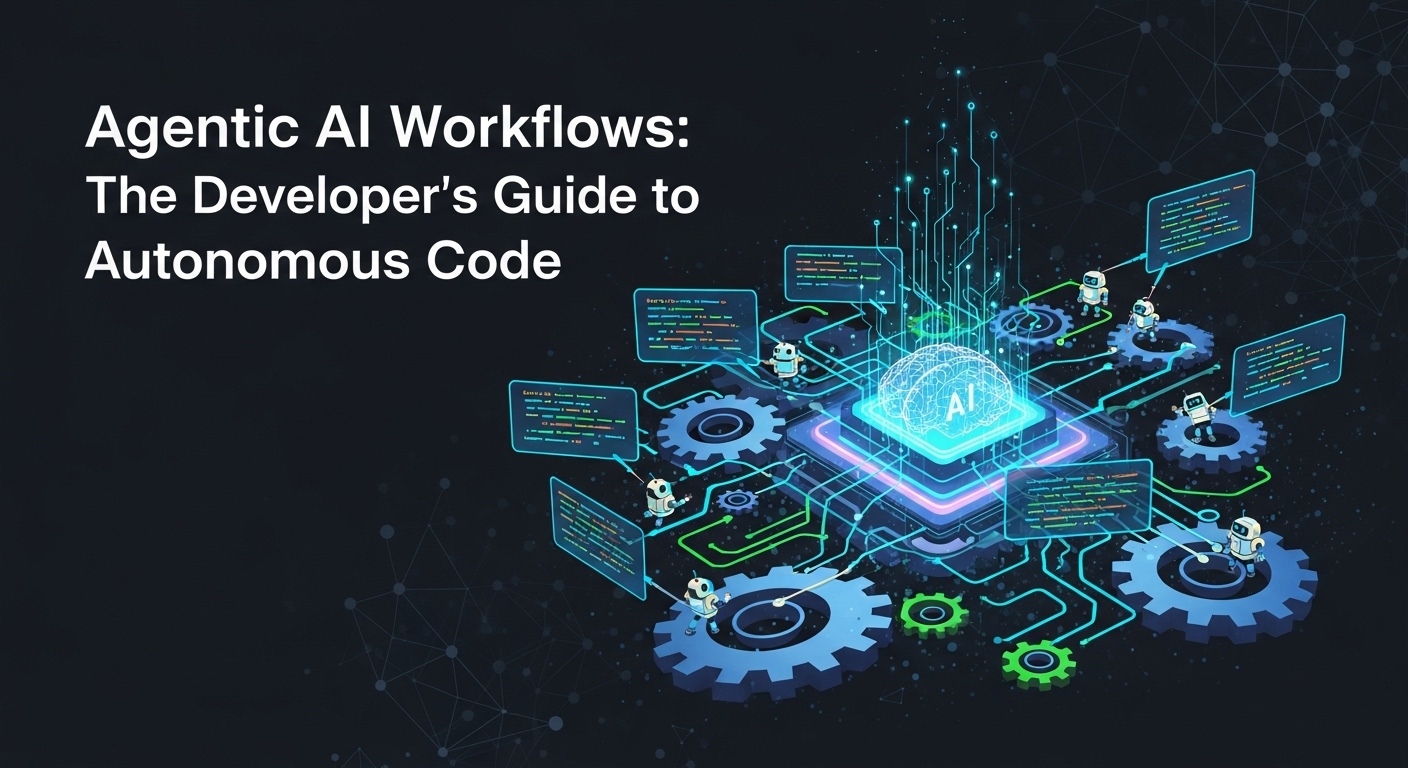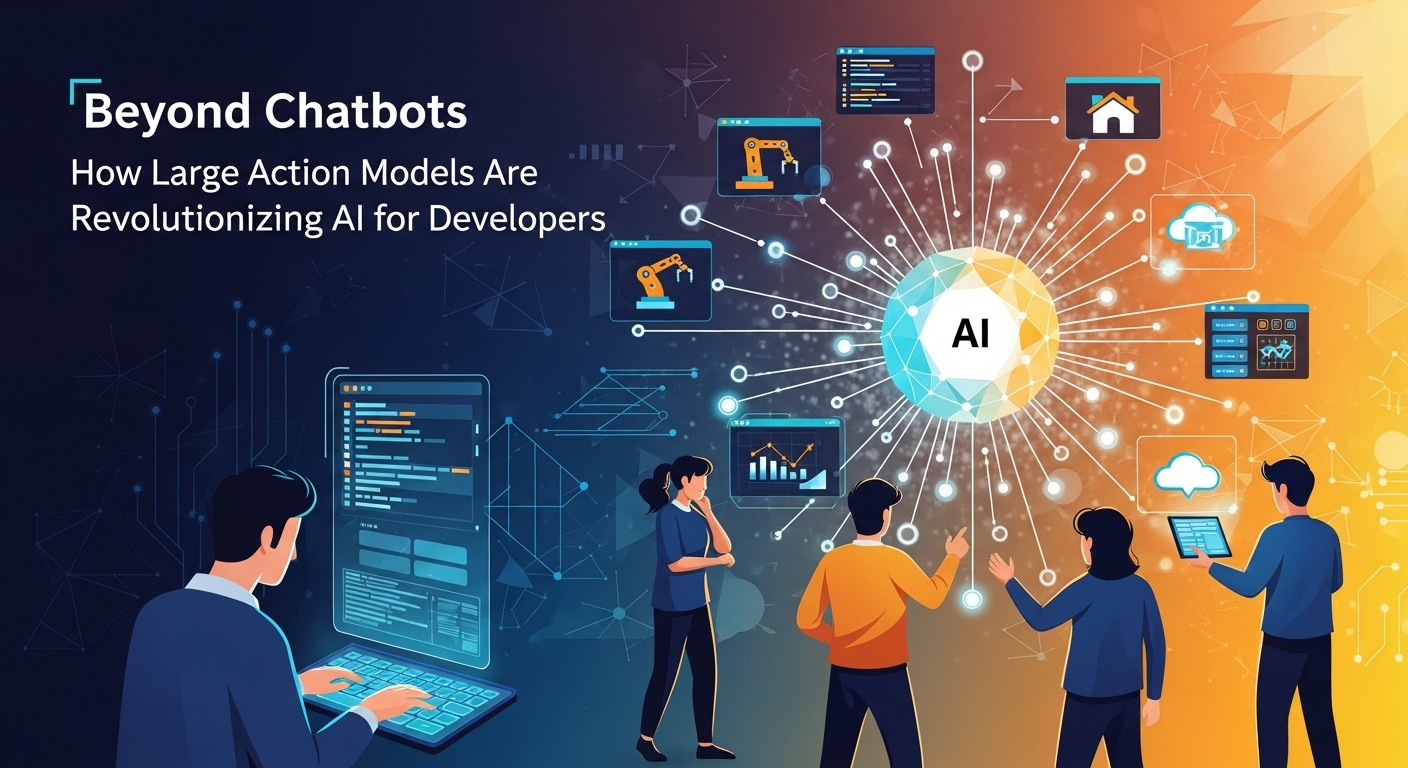The End of Typing? The Dawn of Describing
Imagine this: you have a brilliant idea for a new web application. You know exactly what it needs to do. Instead of cracking your knuckles and diving into hundreds of lines of boilerplate code, setting up servers, and wrestling with framework configurations, you simply open a terminal and type: “Create a responsive React front-end with a Node.js backend that handles user authentication and connects to a PostgreSQL database. Include a dashboard page to display user metrics.” And just like that, the foundational code materializes, structured, commented, and ready for you to refine. This isn’t science fiction anymore. This is the core promise of Natural-Language-Driven Programming (NLDP), a paradigm shift that is fundamentally altering what it means to be a developer.
For decades, we’ve communicated with computers through the rigid, unforgiving syntax of programming languages. A misplaced semicolon or a forgotten bracket could bring an entire system to a halt. We learned to think like the machine to make it do our bidding. But now, the machine is learning to think like us. Thanks to incredible advancements in artificial intelligence, we are on the cusp of a new era where the most powerful programming language is our own native tongue. This article delves into this exciting frontier, exploring what NLDP is, the tools making it possible, and how this powerful new wave of AI for developers will reshape our industry.
What Exactly is Natural-Language-Driven Programming?
At its heart, Natural-Language-Driven Programming is the process of using human language—like English, Spanish, or Japanese—as the primary input to generate functional, machine-executable code. It’s a move away from symbolic, abstract languages towards intuitive, intention-based instruction. Think of it as the ultimate abstraction layer. We went from machine code to assembly, then to high-level languages like C++ and Python. NLDP is the next logical leap.
This isn’t just about smarter autocomplete or finding code snippets on Stack Overflow more efficiently. True NLDP involves an AI model that possesses a deep, contextual understanding of both human language and the vast universe of programming languages, frameworks, and APIs. It can parse ambiguous requests, infer intent, and translate a high-level goal into concrete, syntactically correct code.
The Magic Under the Hood: LLMs and Code
The engine driving this revolution is the Large Language Model (LLM), the same technology behind conversational AIs like ChatGPT. Models like OpenAI’s GPT-4 and Google’s Gemini have been trained on an astronomical amount of text and, crucially, code from public repositories like GitHub. This training allows them to not only understand the patterns, syntax, and logic of programming but also to connect those patterns to the natural language descriptions associated with them (found in comments, documentation, and commit messages).
When you give a prompt like “Write a Python script that scrapes headlines from a news website and saves them to a CSV file,” the model doesn’t just search for keywords. It deconstructs the request into several logical steps:
- Identify the core task: Web scraping.
- Determine the language: Python.
- Recognize the necessary libraries: `requests` for fetching the website’s HTML and `BeautifulSoup` or `lxml` for parsing it.
- Understand the output format: A CSV file, requiring the `csv` library.
- Structure the code: It will generate a function that takes a URL, handles potential errors, finds the correct HTML elements for headlines, and writes the data row by row into a file.
This ability to reason and structure solutions is what separates modern NLDP from its primitive predecessors.
The Rise of AI for Developers: How We Got Here
The journey to NLDP wasn’t an overnight success. It’s the culmination of decades of progress in developer tooling. We started with simple text editors, then moved to Integrated Development Environments (IDEs) that offered syntax highlighting and basic error checking. Then came intelligent code completion, or “IntelliSense,” which could suggest variable names and method calls, saving us countless keystrokes and documentation lookups.
The real game-changer arrived with the launch of GitHub Copilot in 2021. Powered by OpenAI’s Codex model, it was one of the first widely adopted tools that moved beyond simple suggestion to generating entire blocks of code based on a comment or the surrounding context. Suddenly, developers had an AI pair programmer working alongside them, capable of writing functions, tests, and complex algorithms on the fly. This was a pivotal moment, proving that a deep, AI-driven understanding of code was not only possible but incredibly useful. The success of Copilot paved the way for a Cambrian explosion of AI for developers, with tools becoming more powerful, more integrated, and more conversational.
Key Players and Tools in the NLDP Space
The landscape of AI-powered coding assistants is growing rapidly. While many tools exist, a few key players currently dominate the conversation and provide a glimpse into the current state of the art.
GitHub Copilot and Copilot Chat
Still the reigning champion for in-editor assistance, GitHub Copilot is seamlessly integrated into popular IDEs like VS Code. It works by analyzing the code you’re writing and the comments you leave to suggest single lines or entire functions. The introduction of Copilot Chat transformed it from a passive suggester into an active conversational partner. You can now highlight a block of code and ask, “Can you refactor this to be more efficient?” or “Add error handling to this function,” all without leaving your editor.
OpenAI’s Models (GPT-4, Codex)
OpenAI is the research powerhouse behind the models that power many of these tools. While Codex was specifically fine-tuned on code, the more general-purpose GPT-4 exhibits astonishingly strong coding capabilities. Developers can use the OpenAI API directly to build custom NLDP workflows, automated code review systems, or internal tools that translate business logic described in plain English into executable scripts. Its ability to explain complex code, translate between languages (e.g., “Convert this Python class to a TypeScript interface”), and even design database schemas is remarkable.
Emerging Platforms and Specialized Tools
Beyond the big names, a host of other innovative tools are carving out their own niches. Platforms like Replit are integrating AI (Ghostwriter) to create a cloud-based development environment where you can generate, test, and deploy code from a single interface. Tools like Tabnine focus on providing highly personalized code completions by learning from your team’s specific codebase. We are also seeing the rise of AI agents like Devin, which aim to take NLDP to the next level by handling entire software engineering tasks from start to finish based on a single prompt.
The Practical Benefits for Developers (And the Caveats)
The adoption of NLDP brings a treasure trove of benefits, but it’s not without its challenges. A wise developer knows how to leverage the tool without becoming a slave to it.
The Upside: Speed and Efficiency
- Rapid Prototyping: The ability to scaffold an entire application’s structure in minutes is a superpower. It allows for faster iteration and experimentation.
- Boilerplate Annihilation: Say goodbye to writing the same setup code for every new project. Connecting to databases, setting up API endpoints, and configuring build tools can be automated with a simple prompt.
- Accelerated Learning: When tackling a new language or framework, you can ask the AI to generate examples and explain them, providing a personalized, interactive learning experience.
- Enhanced Debugging: Instead of staring at an error message for an hour, you can paste it into an AI chat and ask, “What is causing this error in my code, and how can I fix it?”
The Downside: Potential Pitfalls
- Code Quality and Hallucinations: AI-generated code is not infallible. It can be buggy, inefficient, or subtly incorrect. The AI can “hallucinate” and invent functions or libraries that don’t exist. Rigorous testing and human oversight are non-negotiable.
- The Black Box Problem: Relying on generated code without understanding how it works is a recipe for disaster. Maintenance becomes impossible when the original creator (the AI) can’t be consulted and the human developer doesn’t understand the logic.
- Skill Atrophy and Over-Reliance: There’s a genuine concern that new developers might use these tools as a crutch, failing to learn the fundamental principles of programming. The goal should be augmentation, not replacement.
- Security Vulnerabilities: AI models are trained on vast amounts of public code, some of which is insecure. Generated code could inadvertently introduce vulnerabilities like SQL injection or cross-site scripting if not carefully audited.
Conclusion: Embrace the Co-Pilot, But Stay the Captain
Natural-Language-Driven Programming is not a fad. It represents a fundamental evolution in our relationship with computers. The clunky, syntax-bound interfaces of the past are giving way to a more natural, collaborative, and conversational future. The era of “describe what you want, code appears” is here, and it’s making software development faster, more accessible, and more powerful than ever before.
However, this new power demands new responsibilities. The role of the developer is shifting. It’s becoming less about the mechanical act of typing code and more about high-level problem-solving, system design, and critical thinking. We are moving from being bricklayers to being architects who guide intelligent tools to build the structures we envision. The best developers will be those who master the art of prompting, who can critically evaluate AI-generated output, and who use these tools to amplify their own creativity and expertise, not replace them. So, dive in. Experiment with these tools. Learn their strengths and weaknesses. Welcome your new AI co-pilot, but never forget that you are, and always must be, the captain of the ship.


